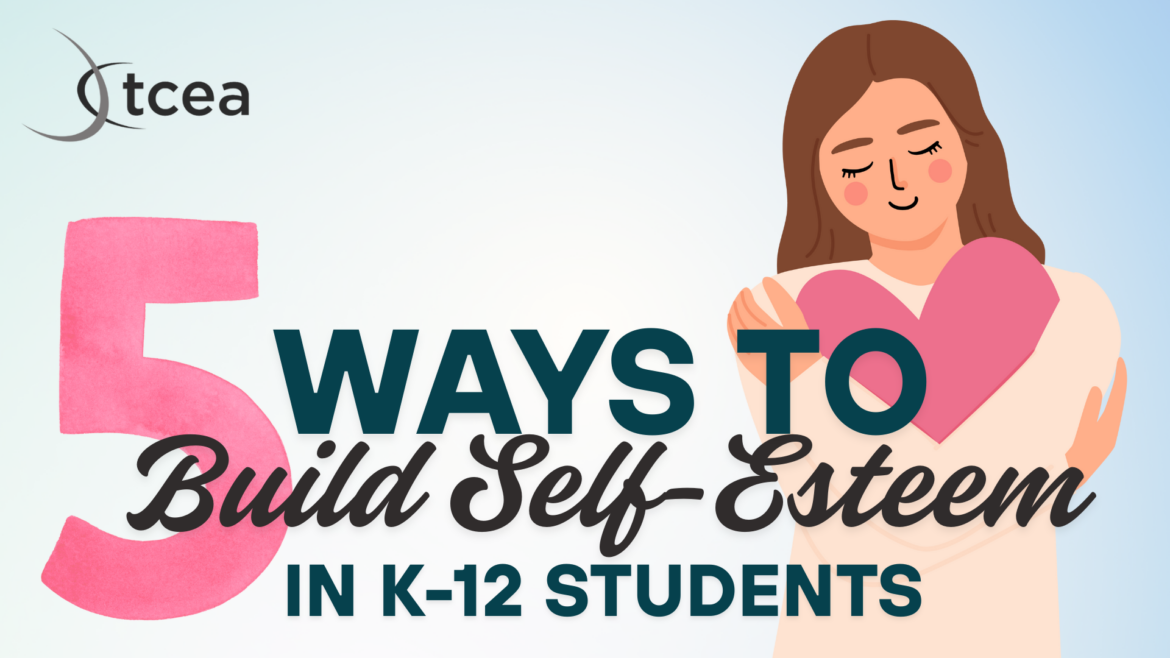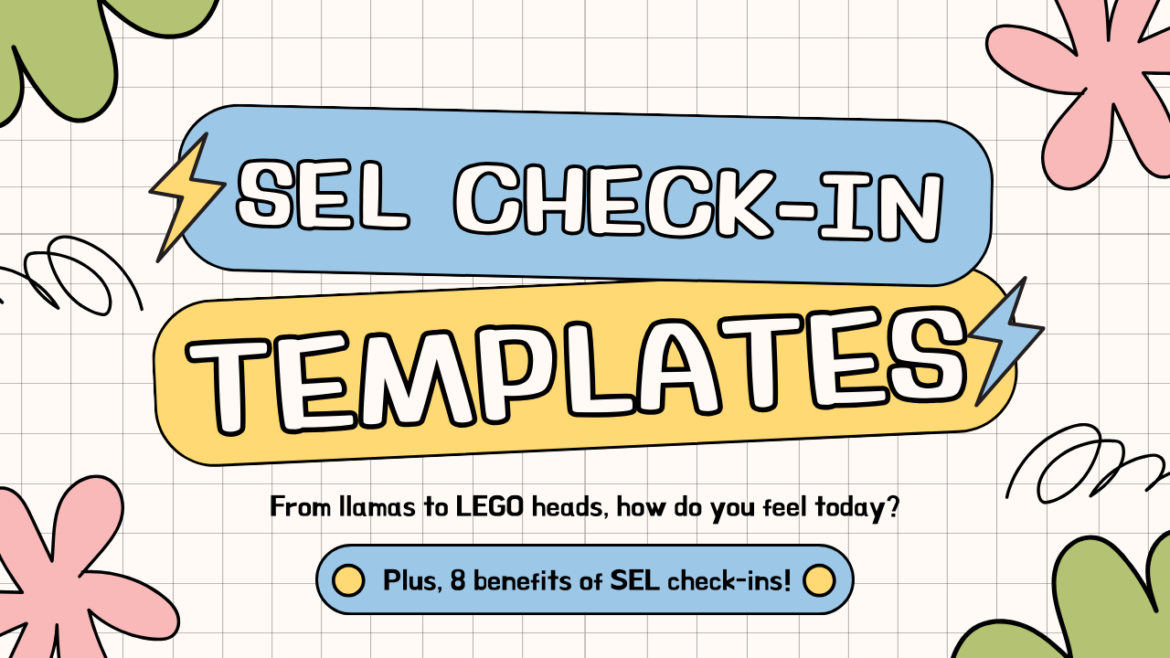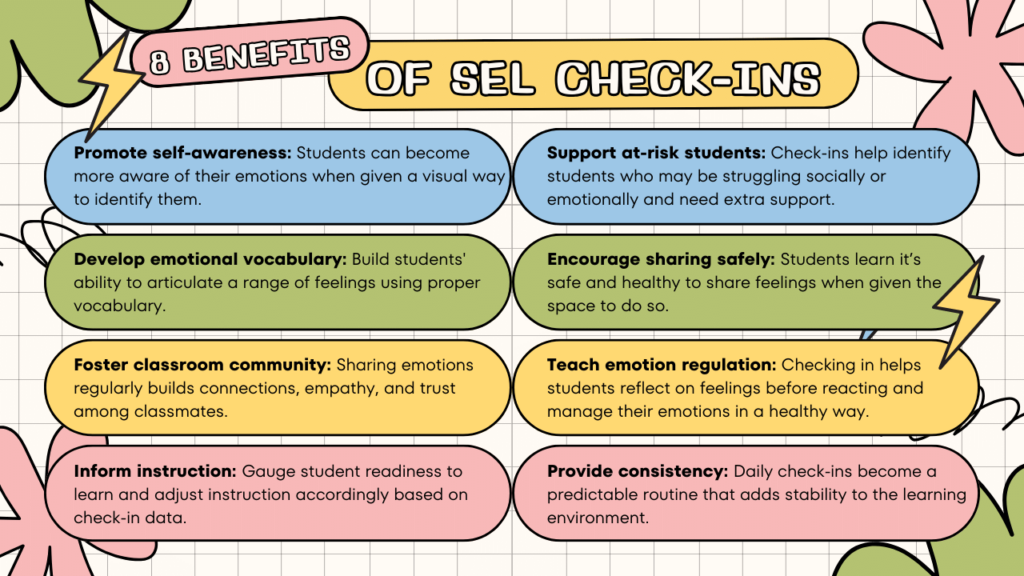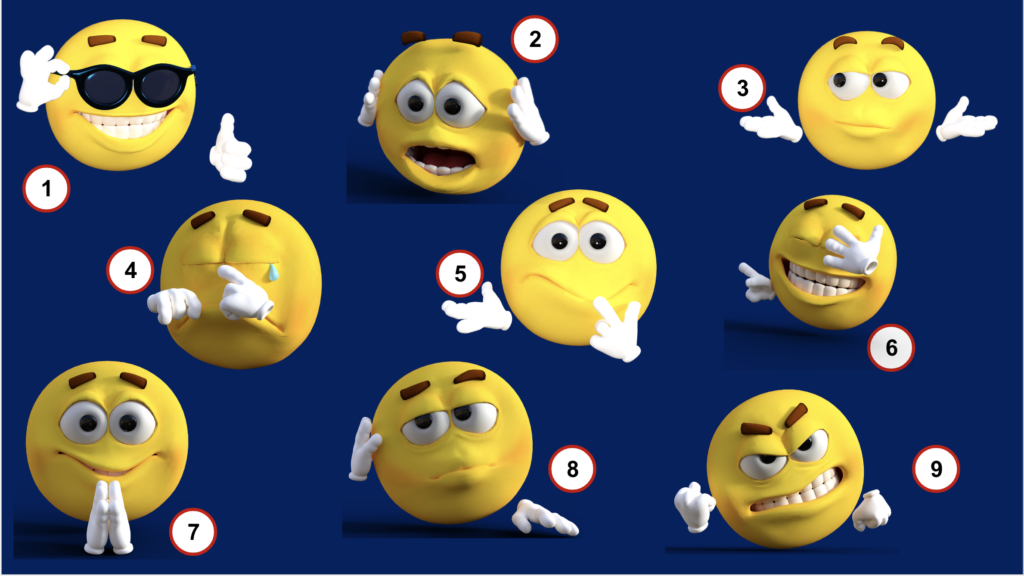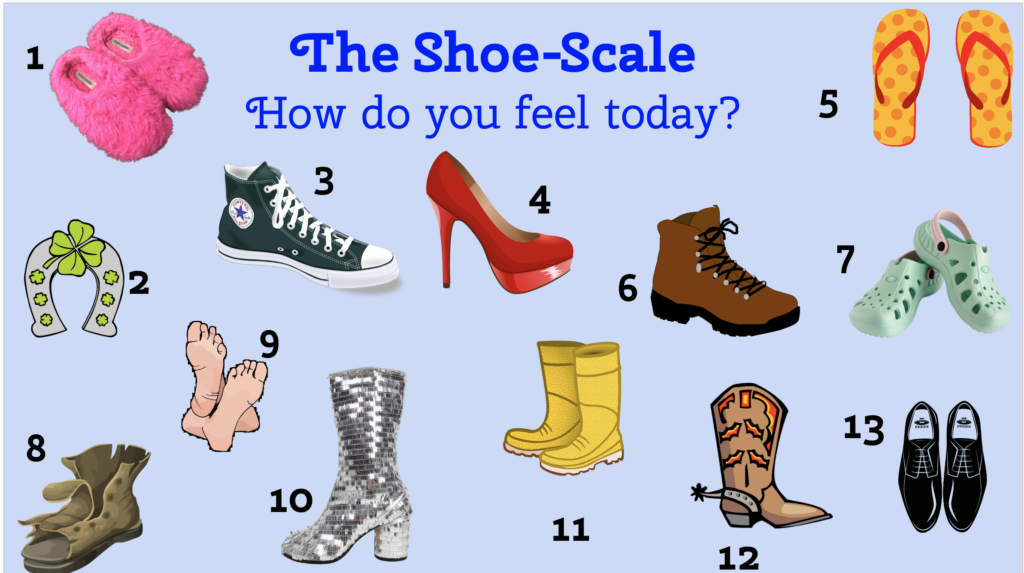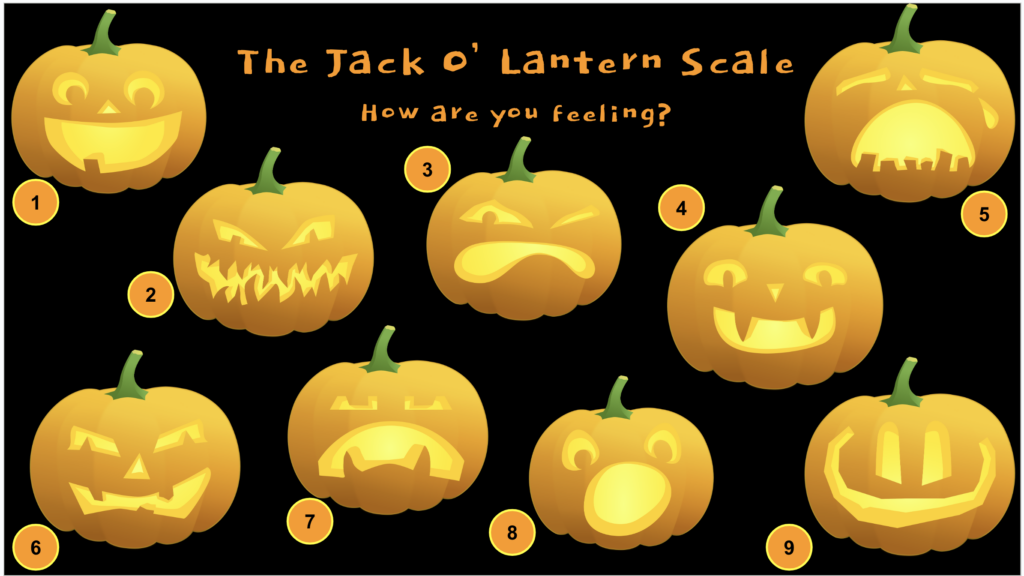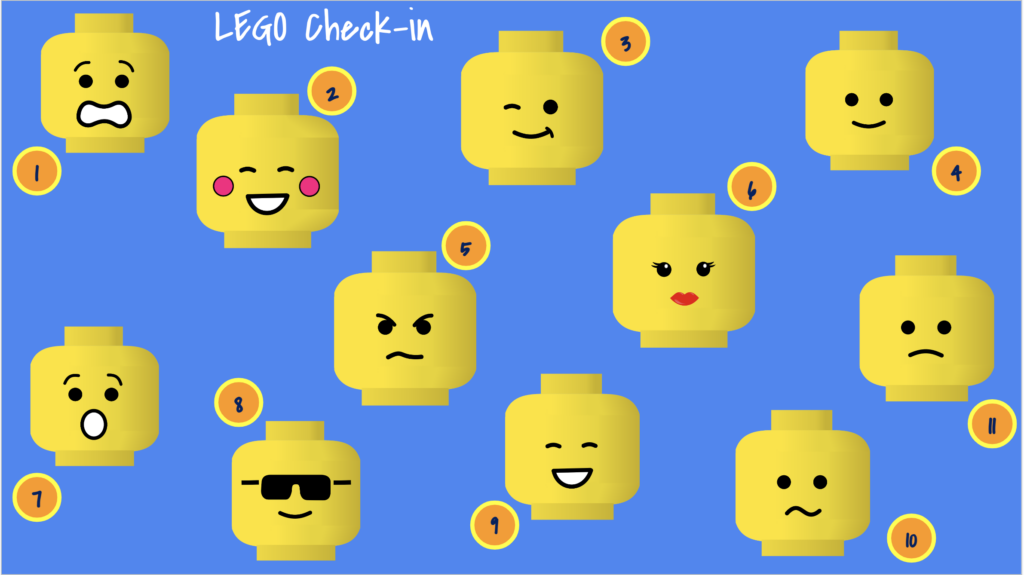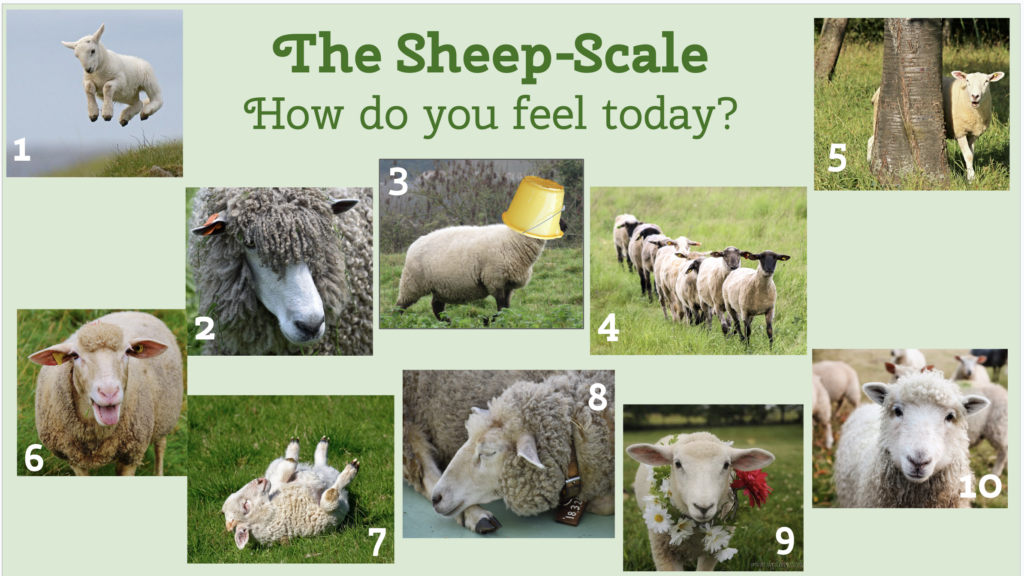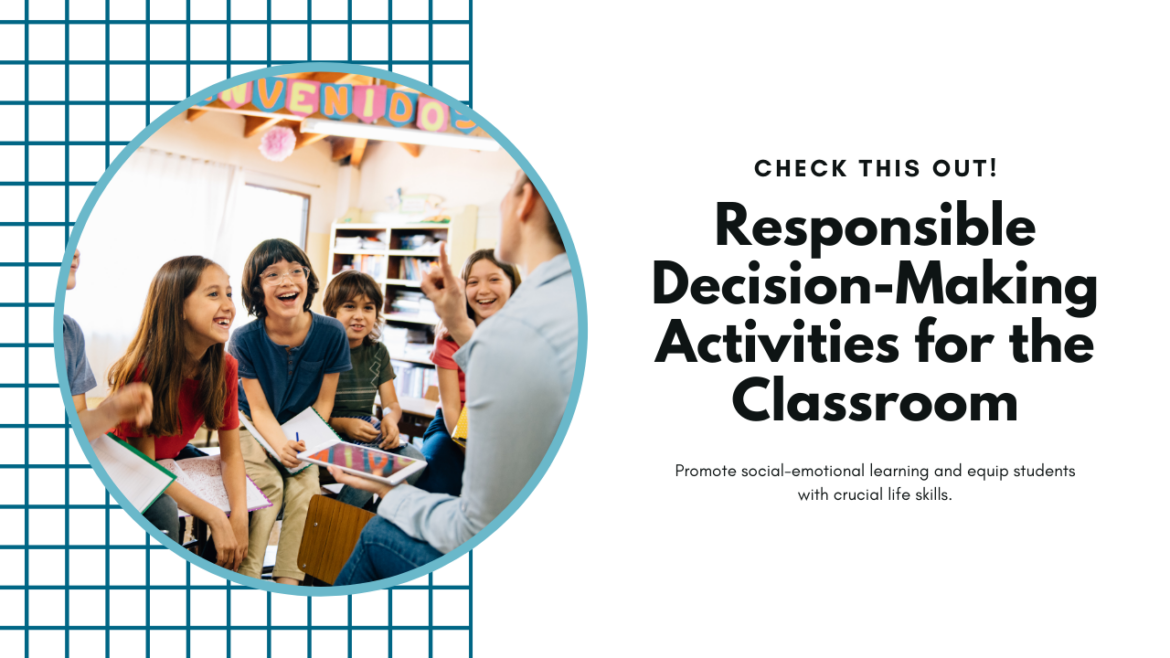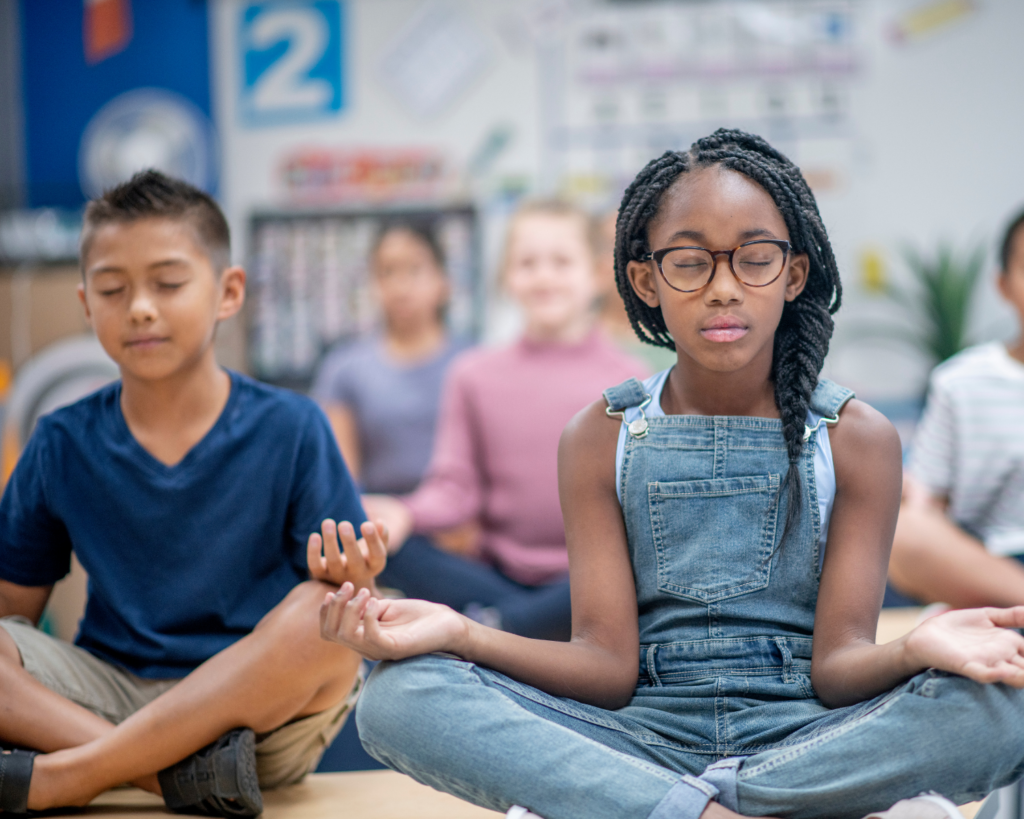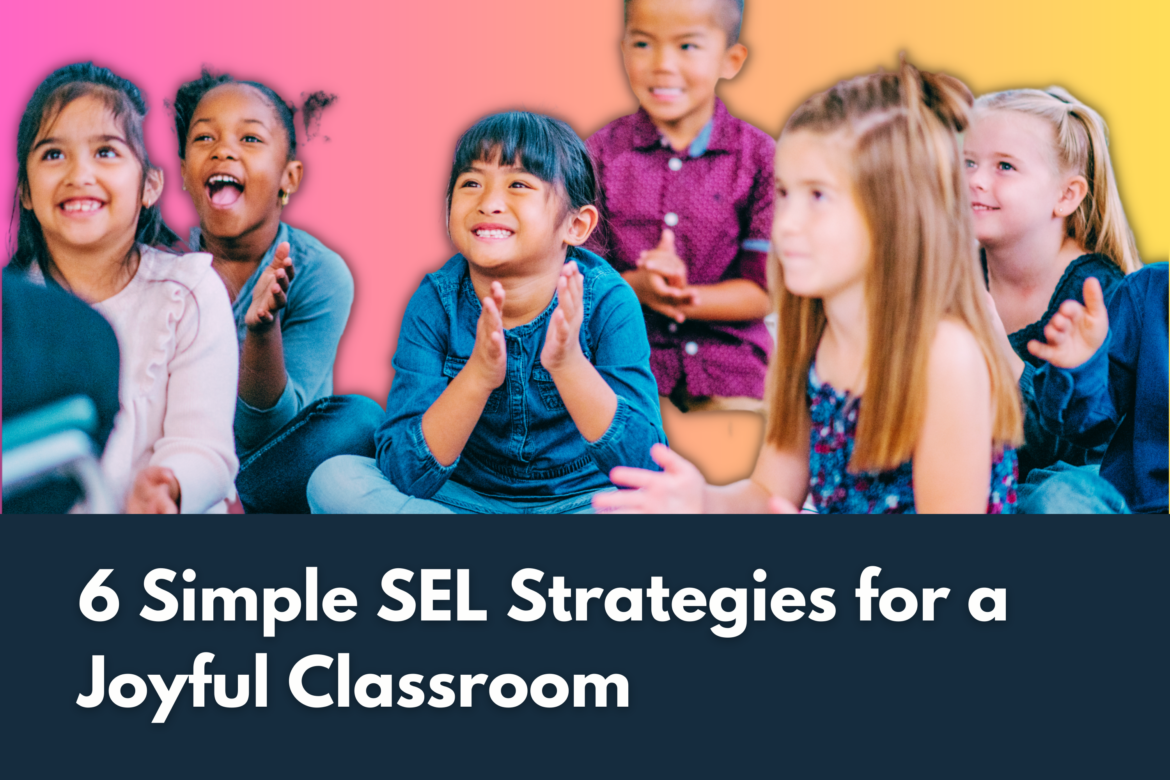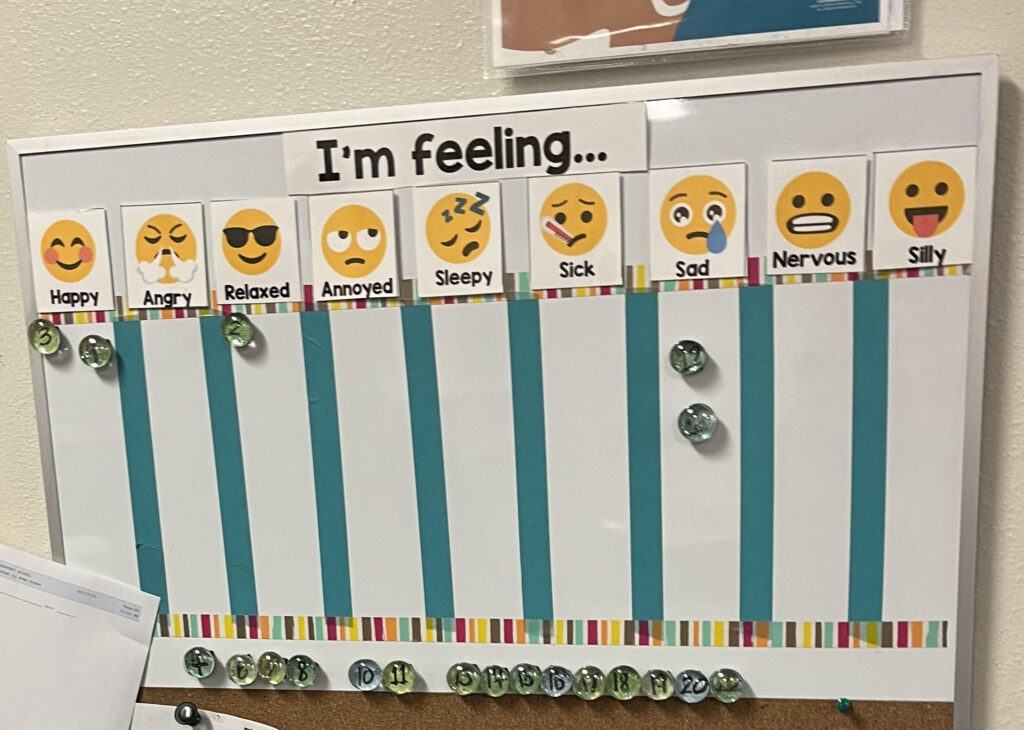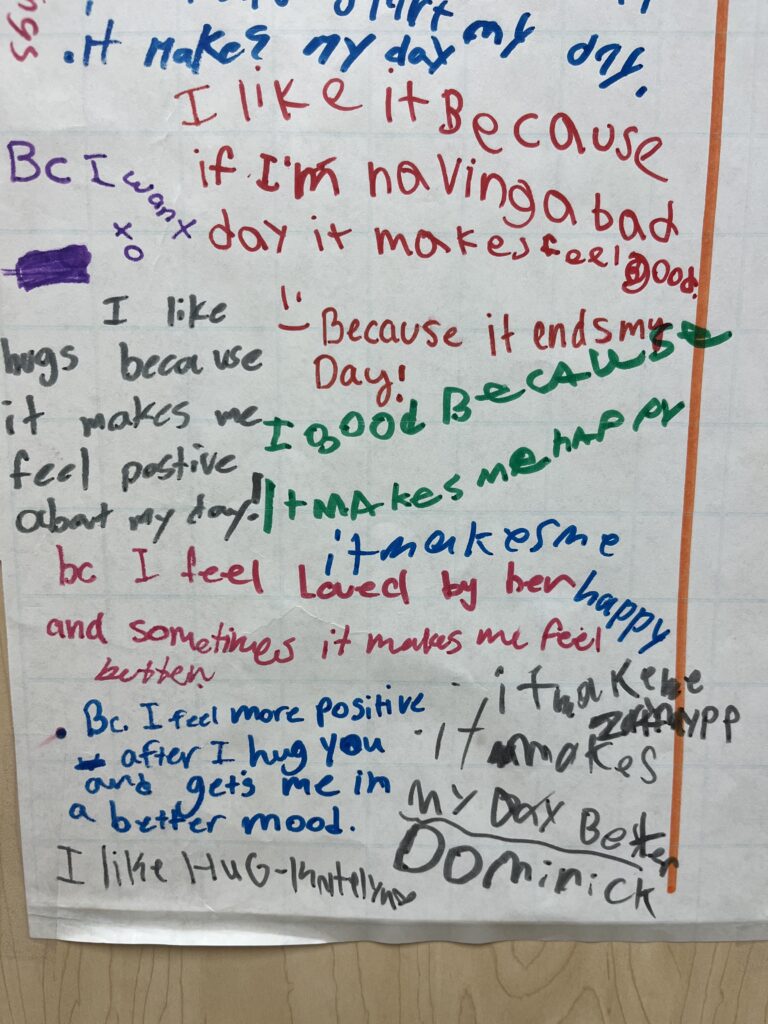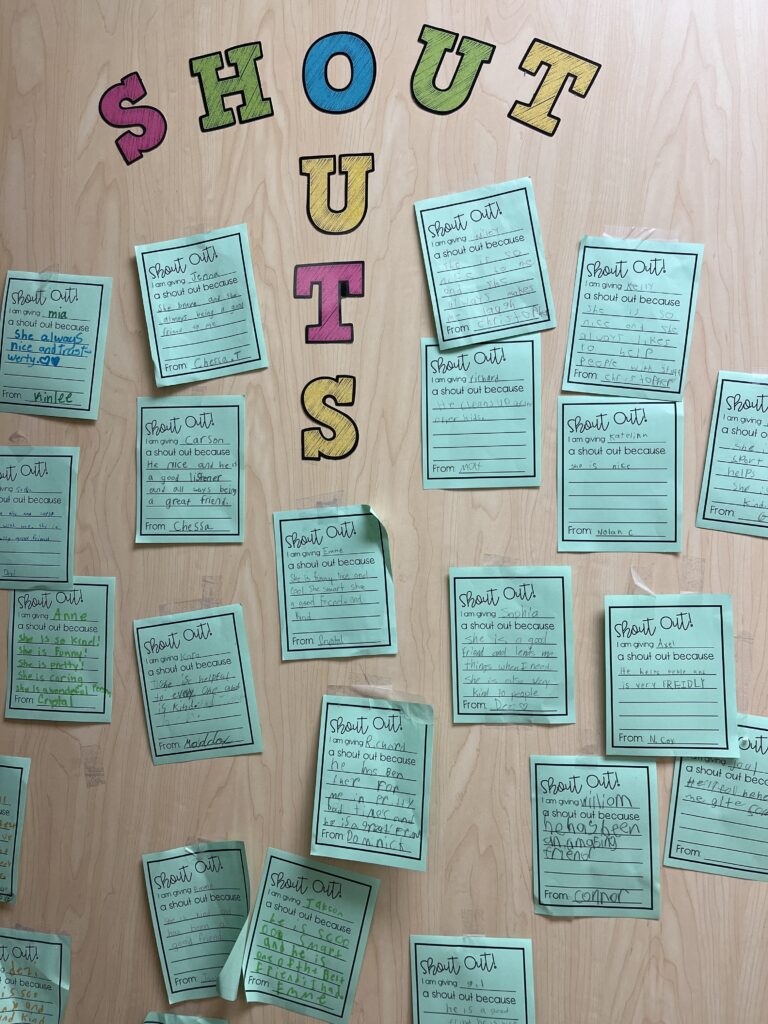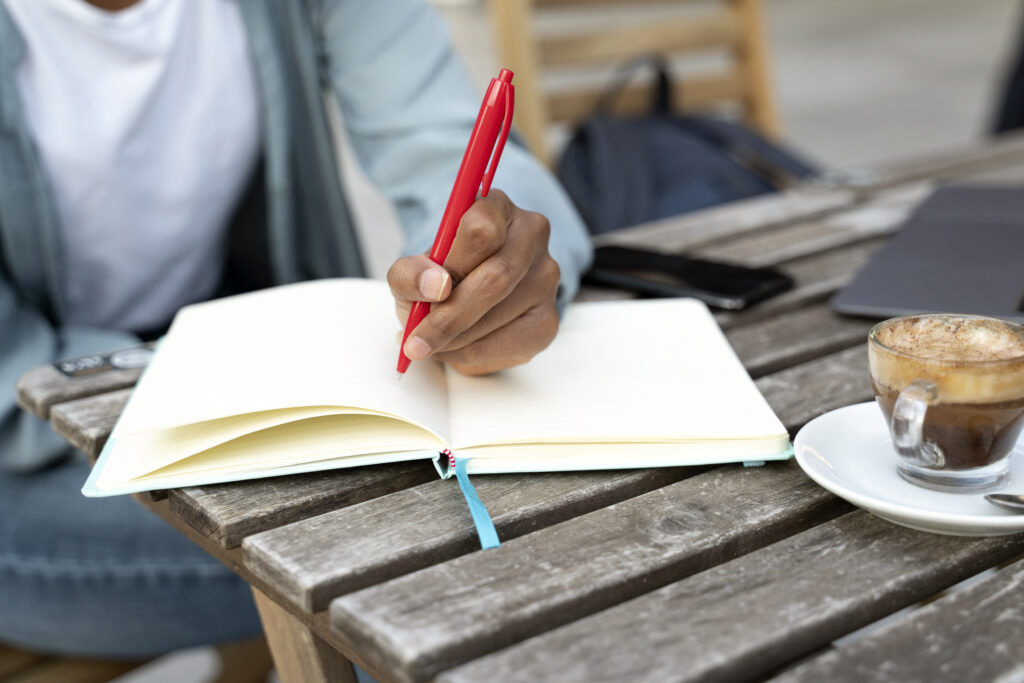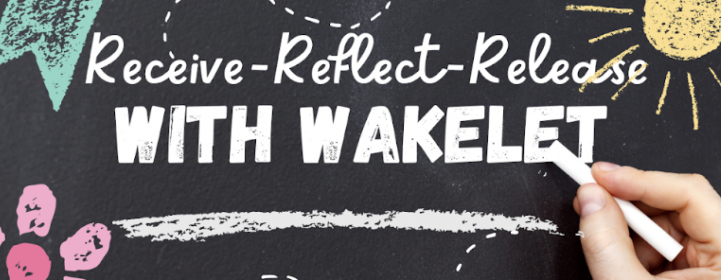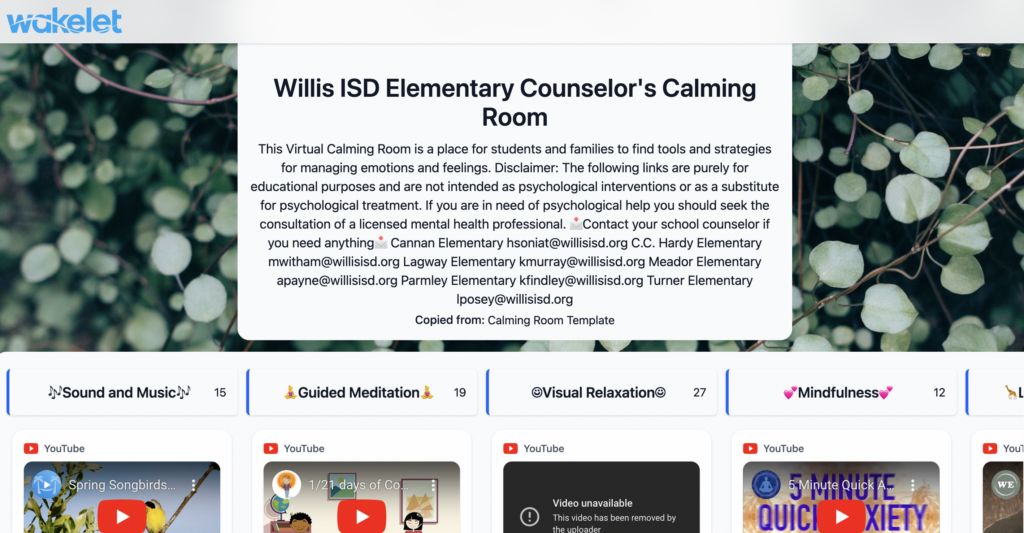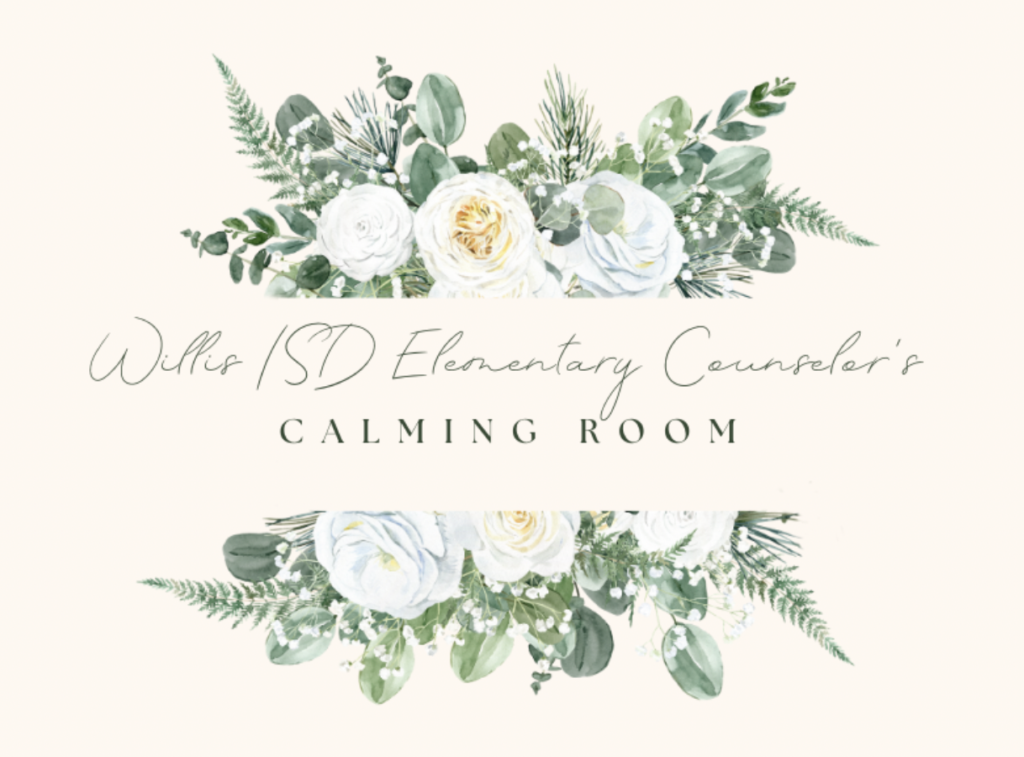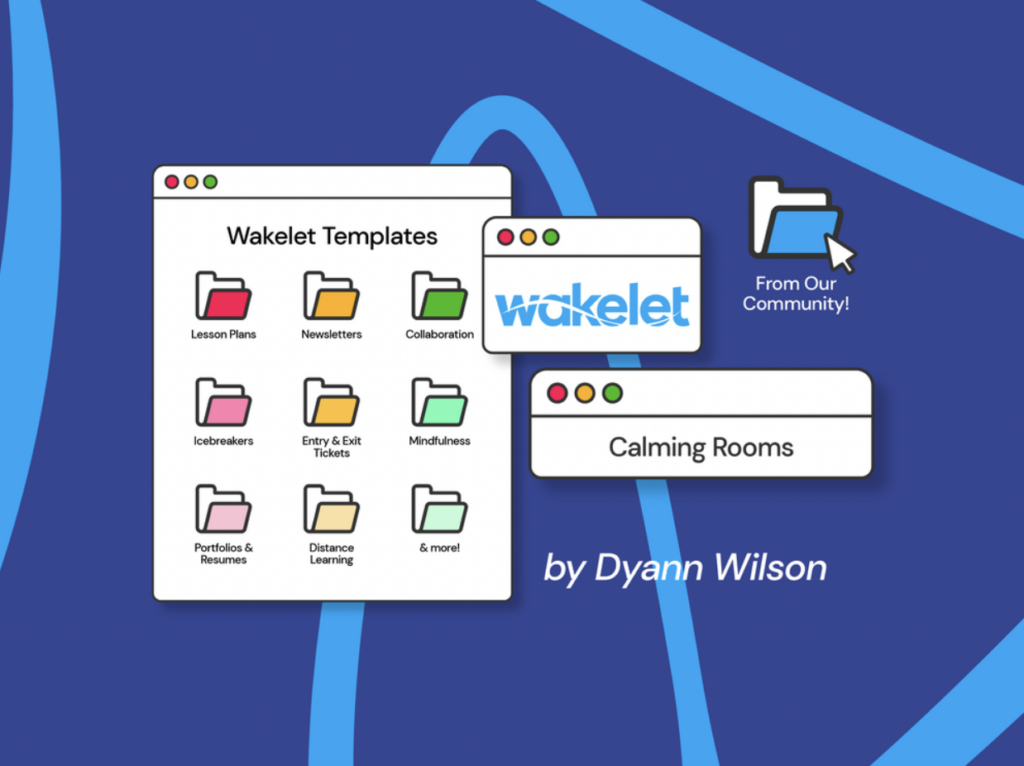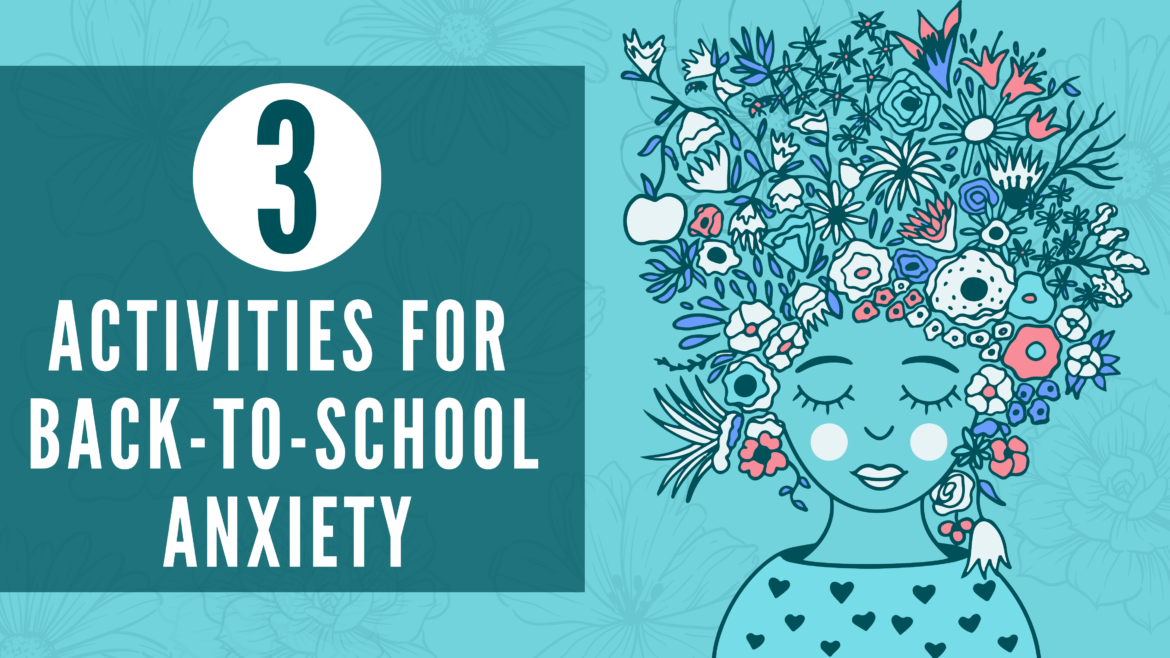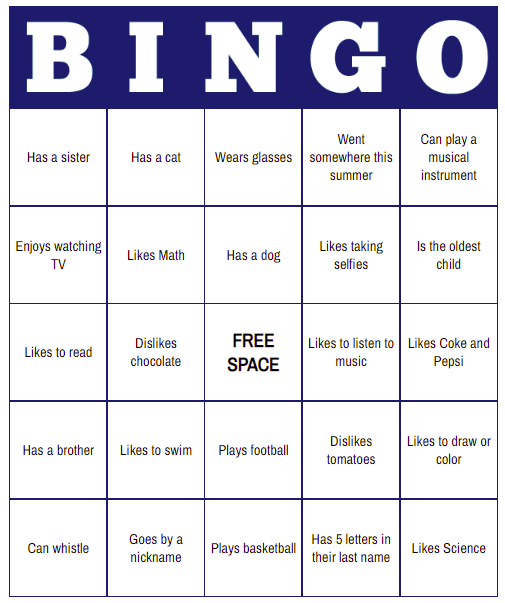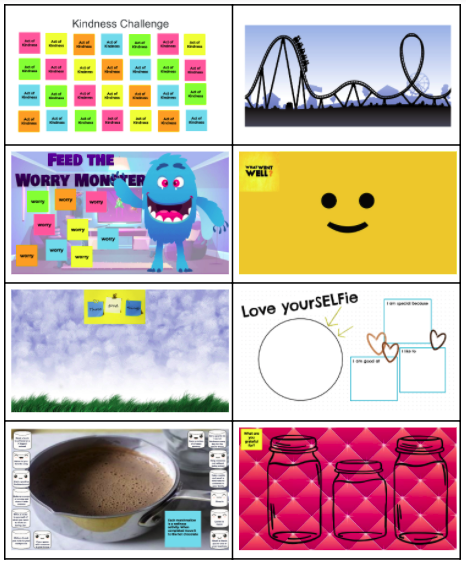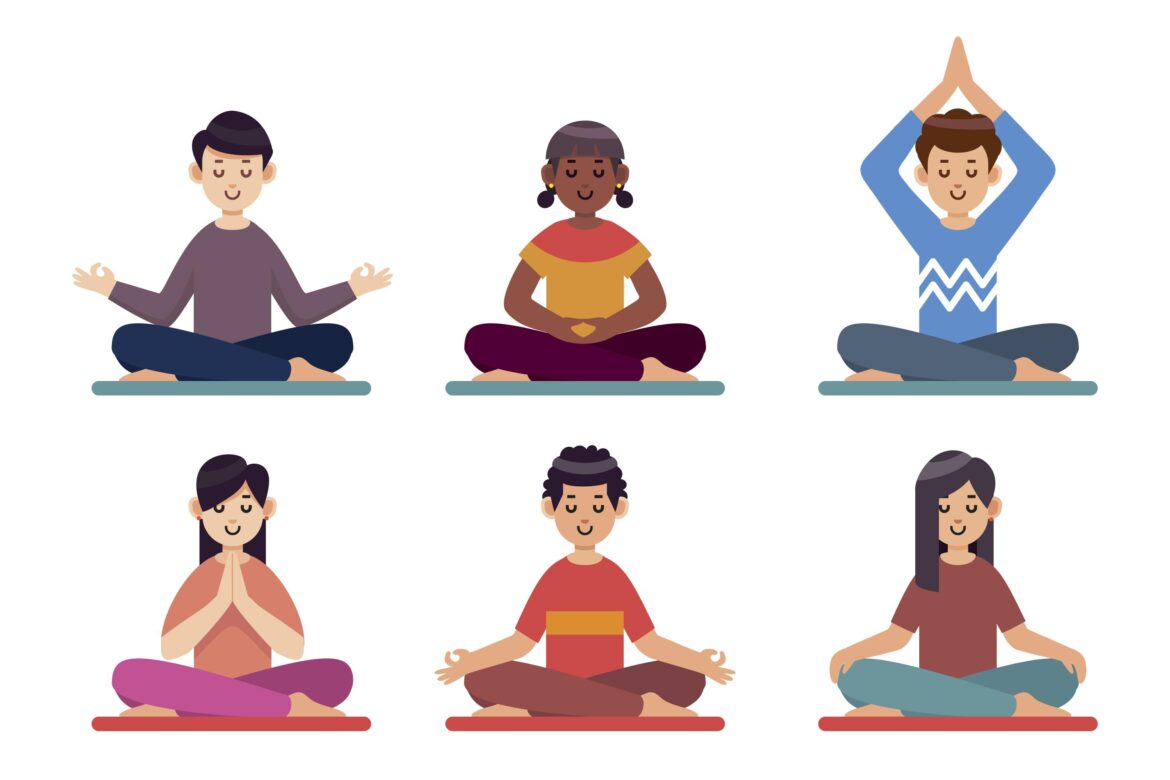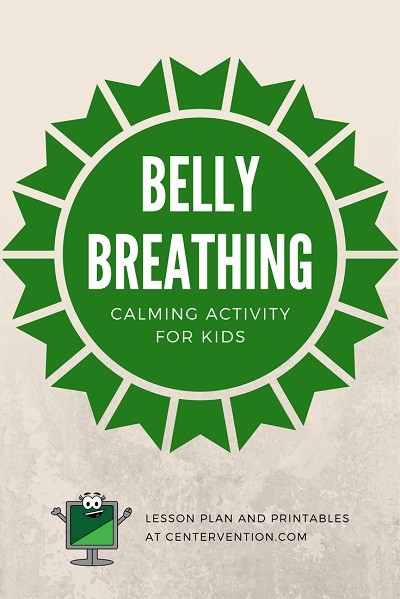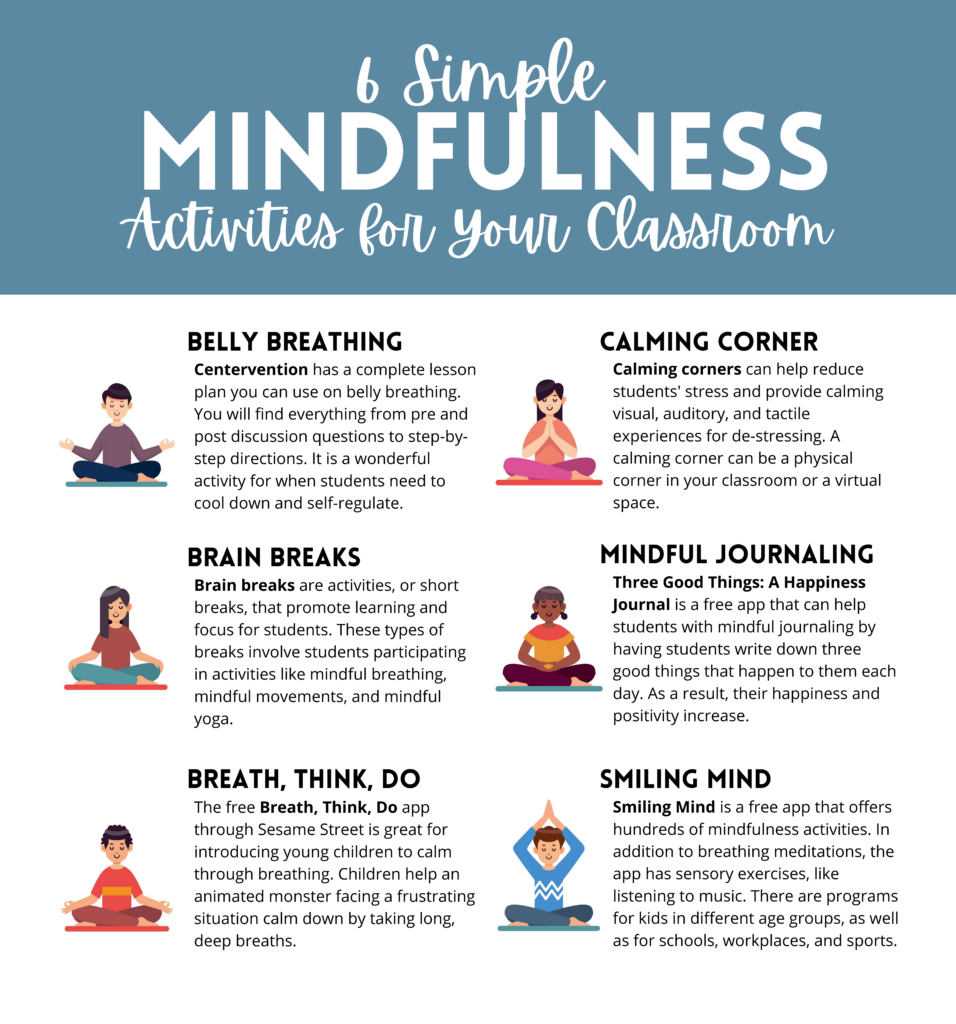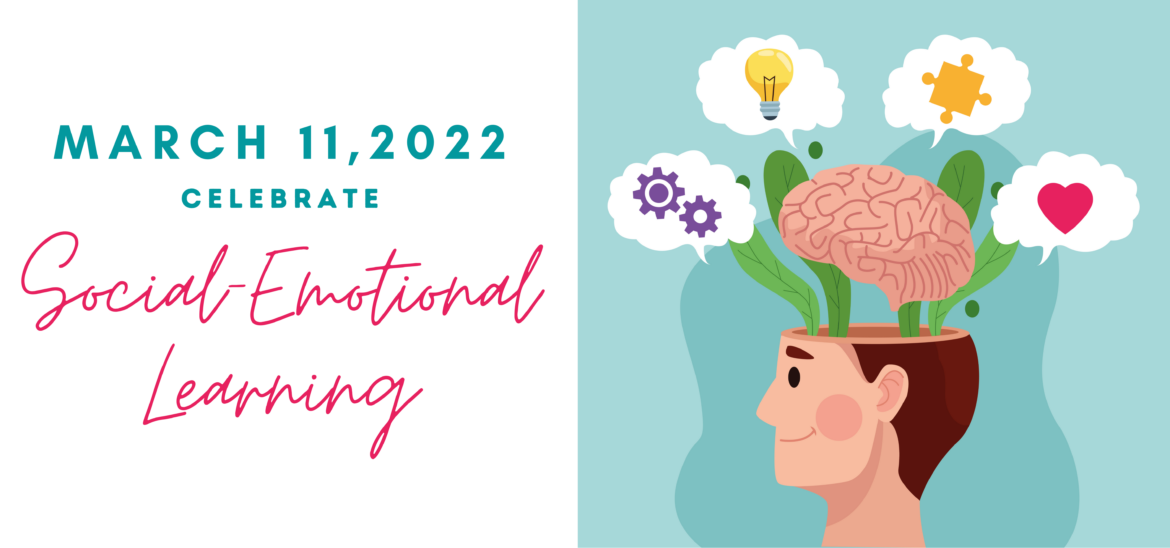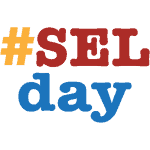Did you know that, according to one recent study, more than 60% of adolescents report having low self-esteem? Studies also show, however, that self-esteem and academic engagement are positively correlated, meaning that the classroom is a wonderful place to build self-esteem in K-12 students.
Building self-worth and value starts at home, of course. But not every child has access to the emotional building blocks they need to thrive. That’s where K-12 educators come in. If you’re looking to develop your students’ self-esteem, whether you work with little learners or high school scholars, make sure to include these five action items in your classroom.
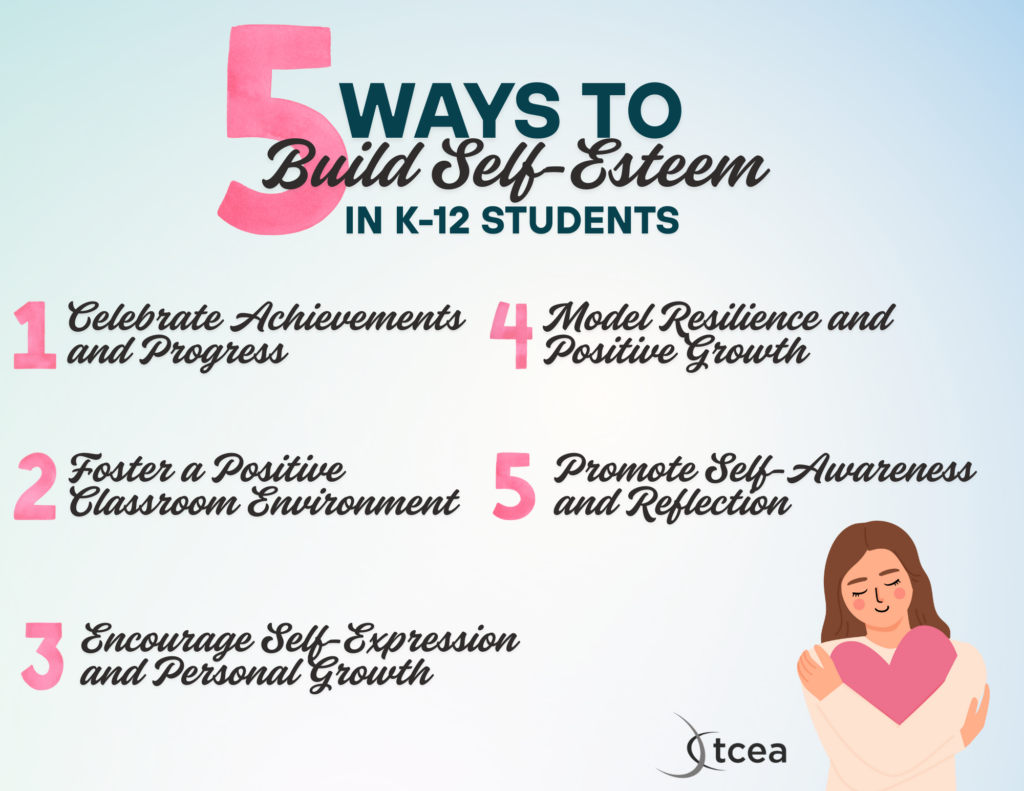
1. Celebrate Achievements and Progress
When trying to build self-esteem in K-12 students, focus on recognizing and celebrating all achievements, no matter how small. This helps students develop a positive self-image and reinforces their belief in themselves. And while it’s important to celebrate successes, it’s equally as important to celebrate progress and growth. Try shifting the focus of your statements to positive self worth with phrases like, “Thank you for being such a hard worker,” or “I hope you’re proud of yourself for X,Y, and Z.”
2. Foster a Positive Classroom Environment
It’s no secret that self-esteem follows a sense of belonging. In fact, many students develop low self-esteem from feeling like an “other” in their social groups. To combat this, create a safe and inclusive classroom where students feel valued and supported. This environment will encourage participation, risk-taking, and self-expression, leading to a higher belief in oneself. Remember to ensure every student feels included and valued to enhance their sense of belonging.
3. Encourage Self-Expression and Personal Growth
Along with a sense of belonging, a strong sense of self is needed for students’ self-esteem to blossom. Provide ample opportunities for students to engage in activities that promote self-expression — like art, music, or sports — to help build their confidence. Encourage students to explore their interests and passions, which can help develop a sense of identity and self-worth.
4. Model Resilience and Positive Growth
Students, whether big or small, learn by watching the adults in their lives. So, act as a good role model and show how you’ve developed your self-esteem throughout your life! Share personal stories of overcoming challenges to demonstrate that setbacks are normal and can be overcome with persistence, or show students how to manage emotions and cope with stress through positive self-talk and relaxation techniques
5. Promote Self-Awareness and Reflection
The best way to build self-esteem in K-12 students is to teach them to self-reflect and help them develop a sense of self-awareness. Teach students to recognize their strengths and areas for growth through self-reflection and self-assessment by encouraging journaling and creative outlets for self-expression. This will help students develop a positive mindset and self-acceptance.
How do you help your students build their self-esteem? Let us know in the comments below!

